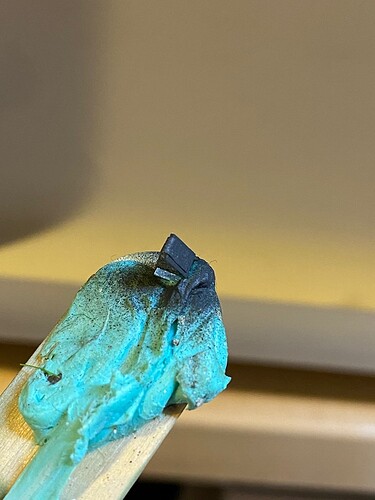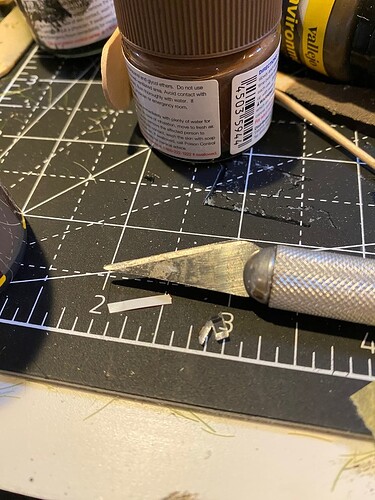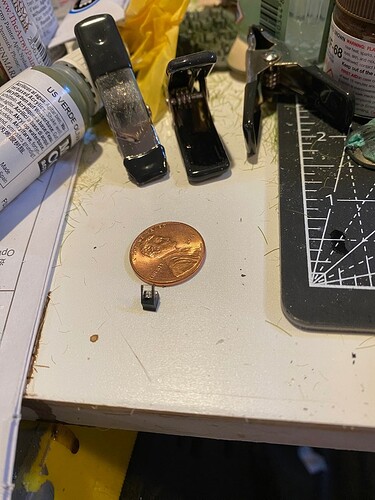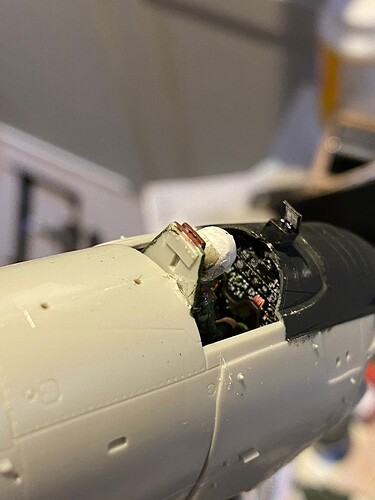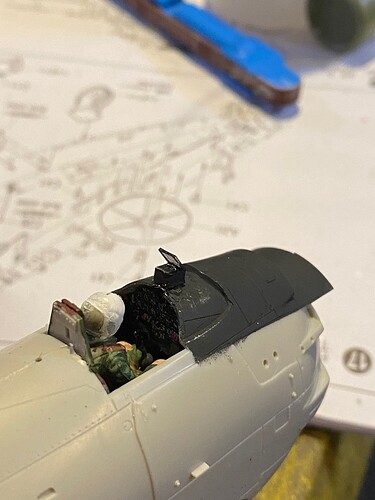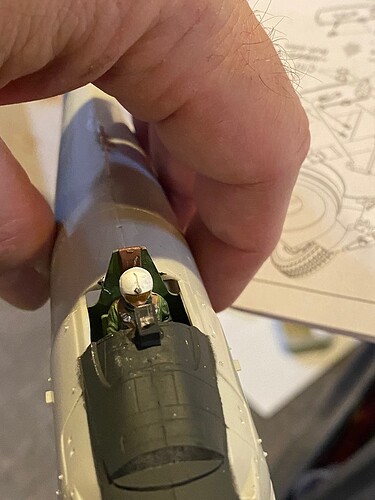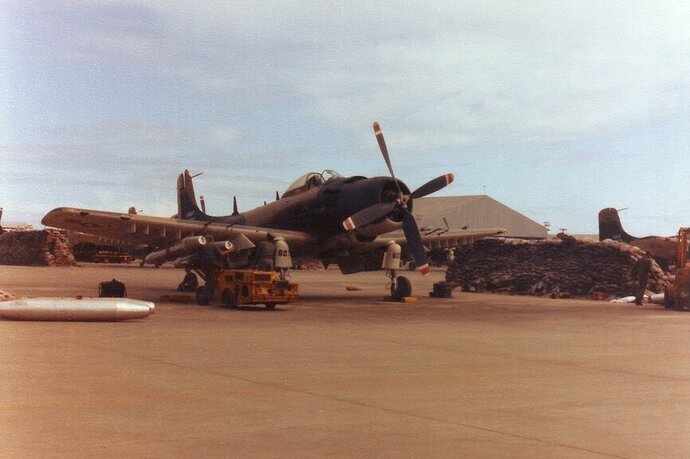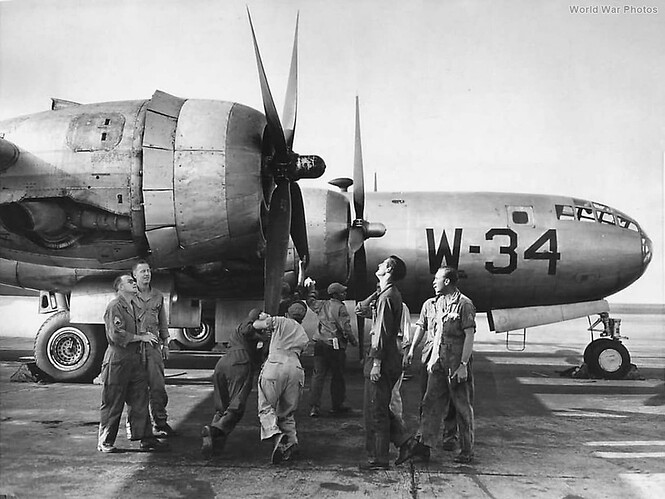Background
For those of you who caught my last post of the M198 155mm howitzer for my niece, it’s now time to start doing some models for me. As I mentioned to @davidgal2 who served in Vietnam I was going to build my next to models of 2 of my favorite airplanes: The Douglass A1-H sky raider aka “Sandy” and truly one of the most iconic planes ever made the F4-B Phantom which are still in operational use (including in Iran). Since I was in elementary school in VIetnam I certainly didn’t get to see these in action there, but as I spent a reasonable amount of my childhood in Israel I used to see both of these there (don’t worry I am getting to how the glowforge totally saved the day here). I am starting with the Skyraider, which for those unfamiliar is a mind blowing single engine close-air support strike fighter-bomber that was built in WWII but didn’t get out to the fleet in time before the war ended; but to put it in perspective if it had they could have flown the London-Berlin bombing runs (admittedly with half the load but 40% faster) and unlike a B-17 it was a viscous fighter able to outperform pretty much anything in the sky with its 3000hp 18-cylinder Wright-Cyclone engine. And unlike the B-17s who dropped their bombs from 20,000’ and had accuracies of miles from the target despite the myth of the Norden bomb sight, the A1 typically flew below rooftop height and delivered the bombs up close and personal from 30-50’. It fought even through the jet age in Korea where they recorded air-to-air kills against North korean Mig-15s. Later in Vietnam they remained in service even as jets became supersonic and missiles became the weapon of choice against aircraft. The A1-h was famous in its “Sandy” role which was to. escort the search and rescue jolly green giant helicopters and protect the rescue operation and huge numbers of downed pilots owe their lives to the skyraider. The pilots who flew Sandy missions often came back with tree branches stuck into the bomb racks
In this case I am building the Tamiya 1/48 A1-H (they also have the A1-J). It was one of the first aircraft to use a reflecting gun sight (looked similar to a modern HUD display). In the model this is a molded clear plastic part with a lot of intricate bends to make it fit into the notches on the instrument panel. Anyone who has built scale models knows the clear parts are often very twichy and the part sprung out of place as I was getting ready to cement it in place and ended up invisibly on the floor I was really bummed as it is a very visible part on display. I realized with the Glowforge I could cut a simple profile (from outside the plane it is hard to see) from medium clear acrylic.
So I made a tiny profile in cad (essentially a cube with a slab to be the reflector. It took a grand 6 seconds to make. I then applied a strip of 2mm Tamiya flexible masking tape and then airbrushed the part with Nato Black (a very flat grayish black) which puts a frame around the “glass” slab. The base got painted on top with high-gloss black primer and then the Mission Models chrome paint to simulate the mirror
Masked the center. Note the green gunk I a tacky putty to hold it in place while painting it
tape strip
I use a penny for scale as a banana would dwarf this:
Oh I have to fix that helmet back. You can see the sight in place
looking through the glass on the chrome reflector
The gold visor reflecting off the “mirror”. The black area hasn’t gotten weathered yet, it will be totally grungy later

